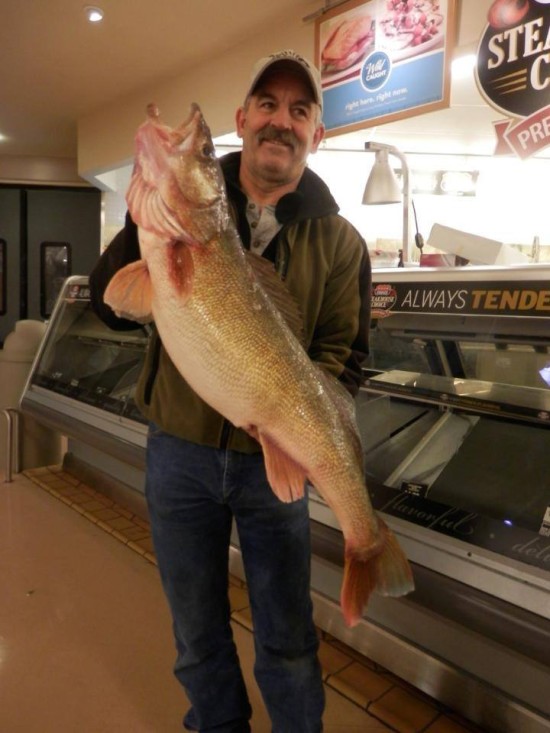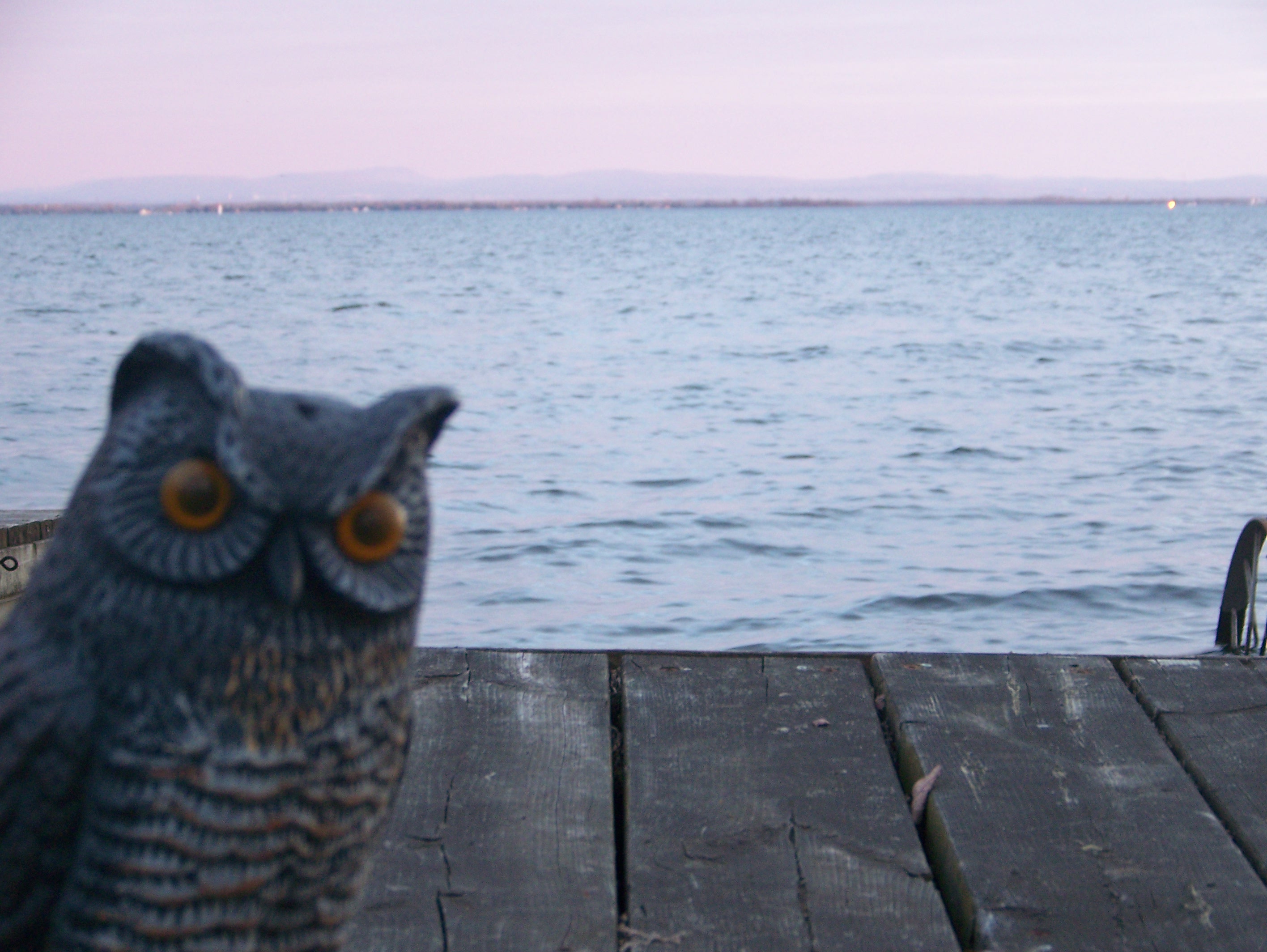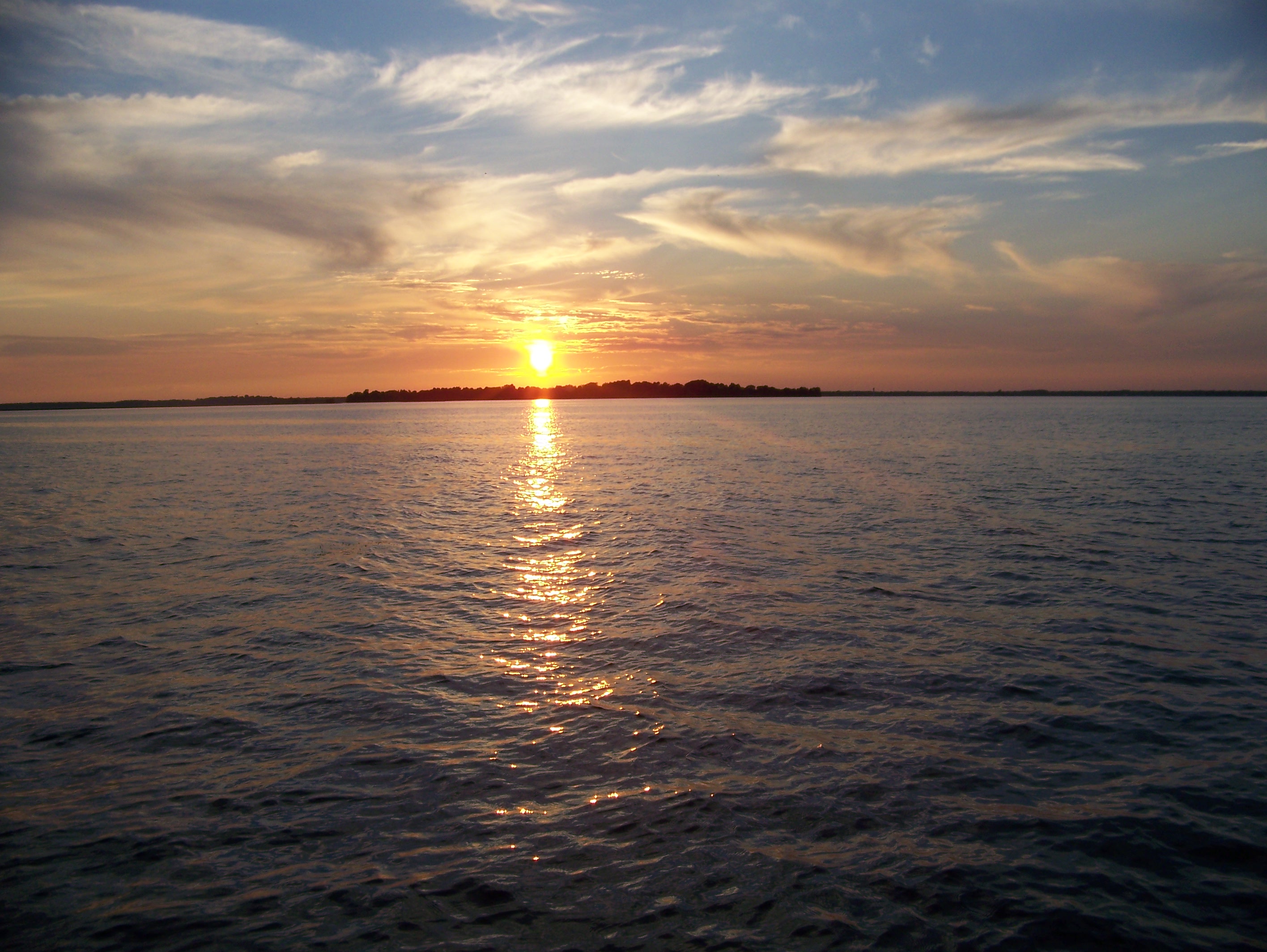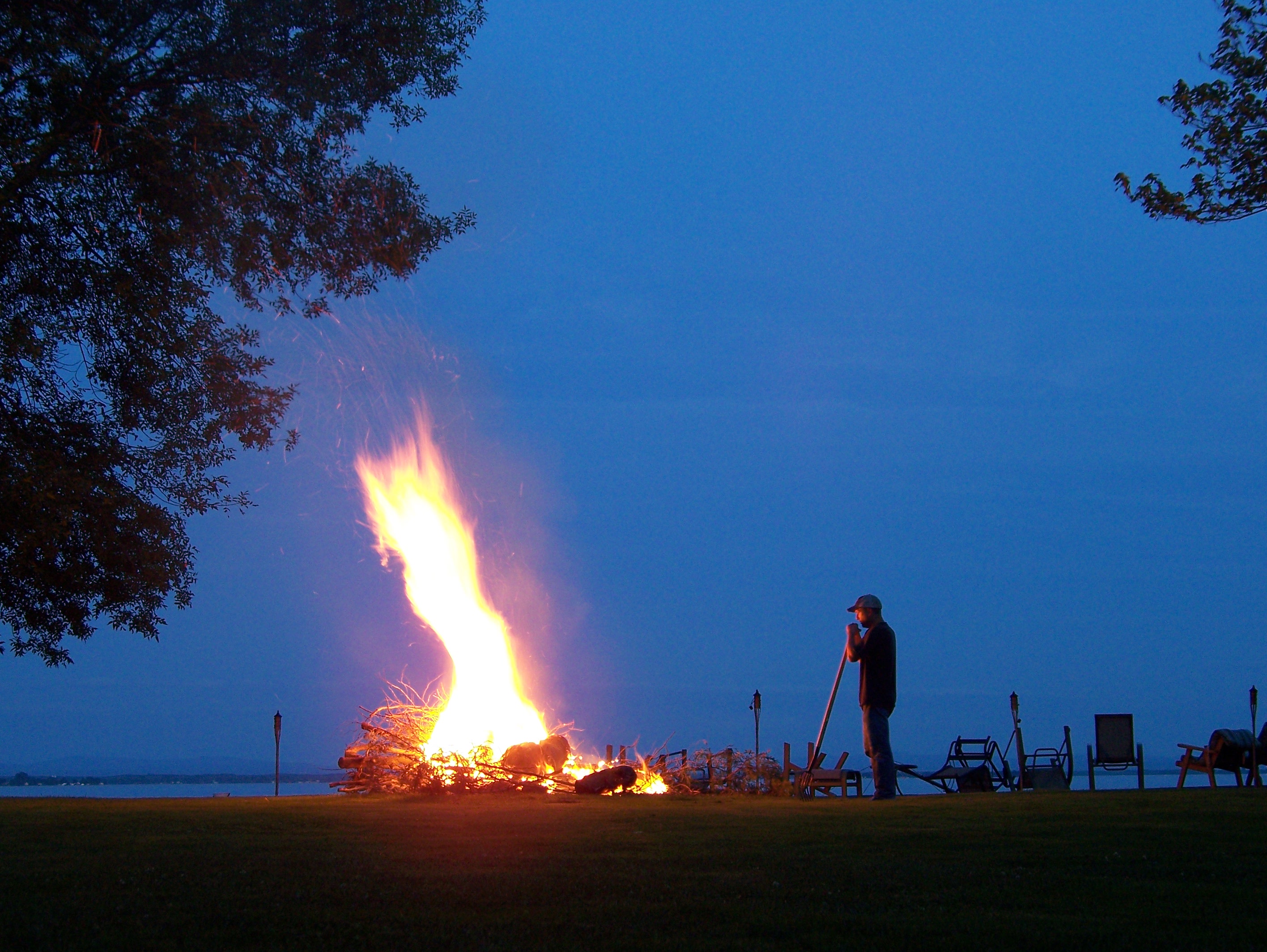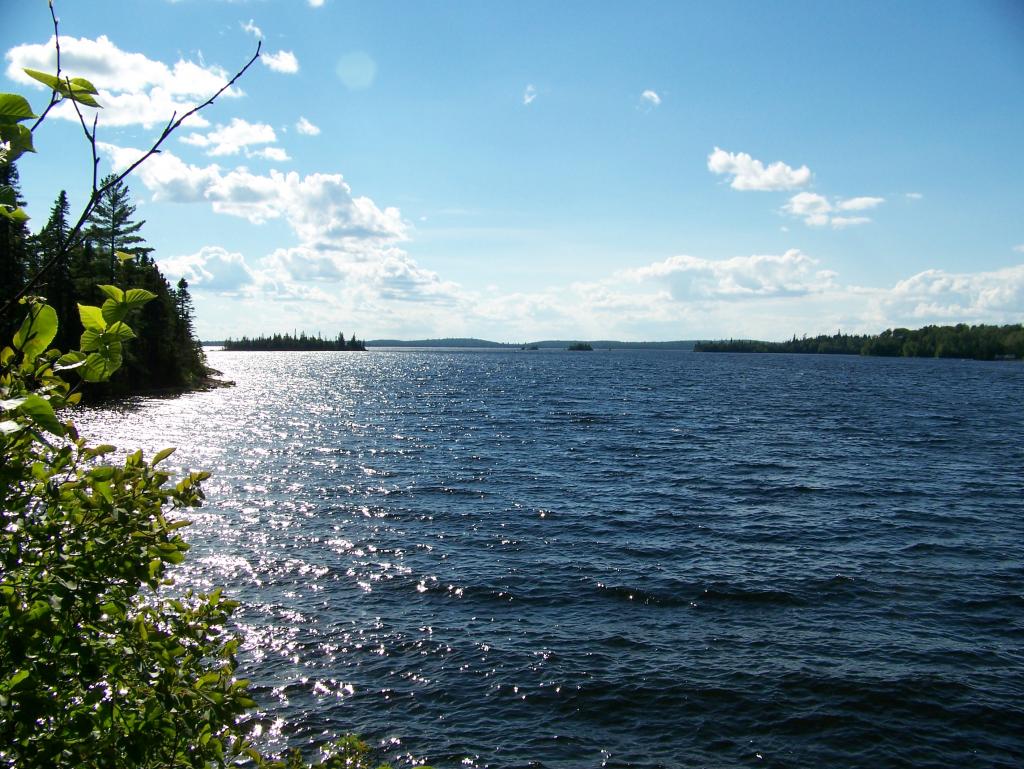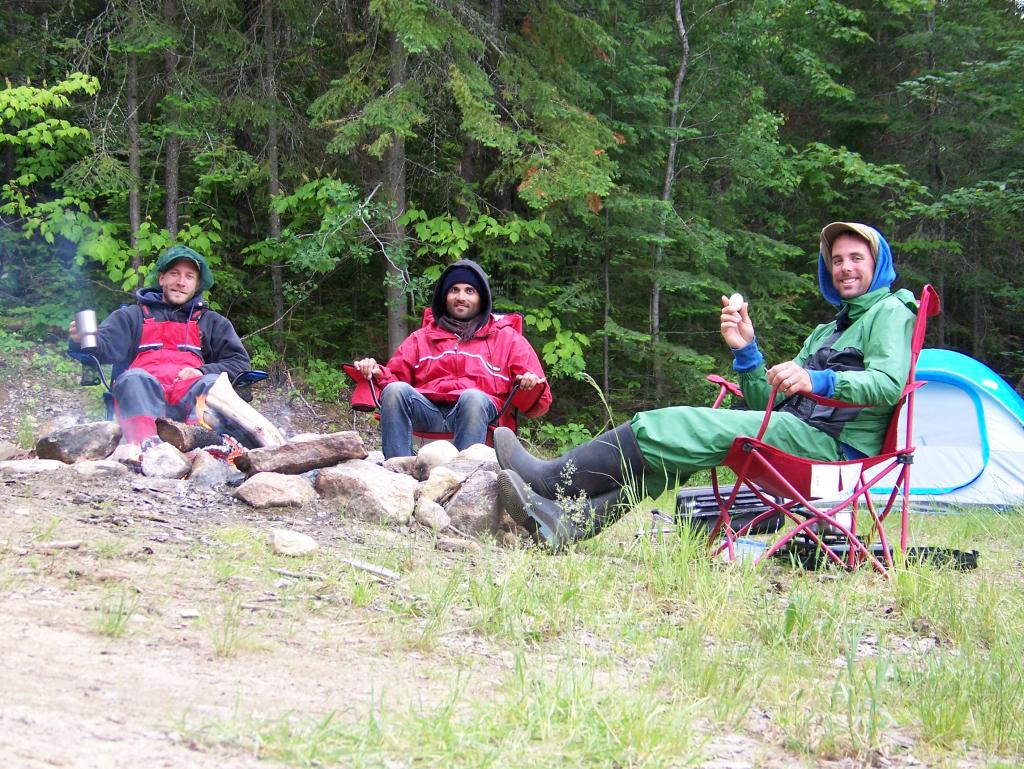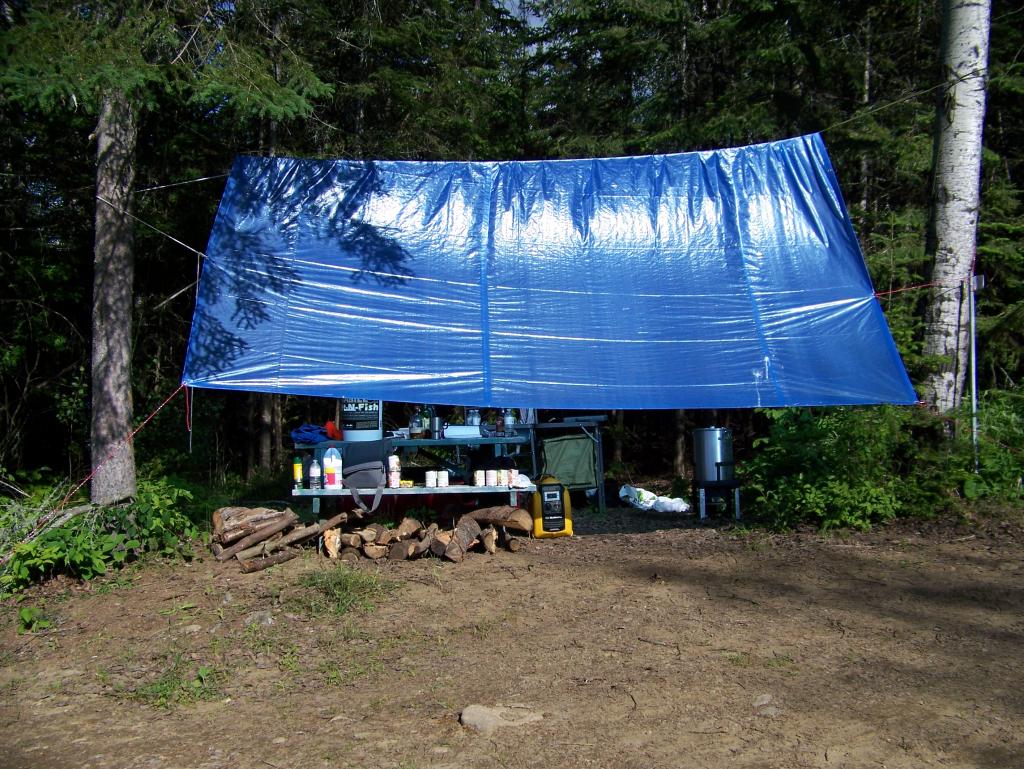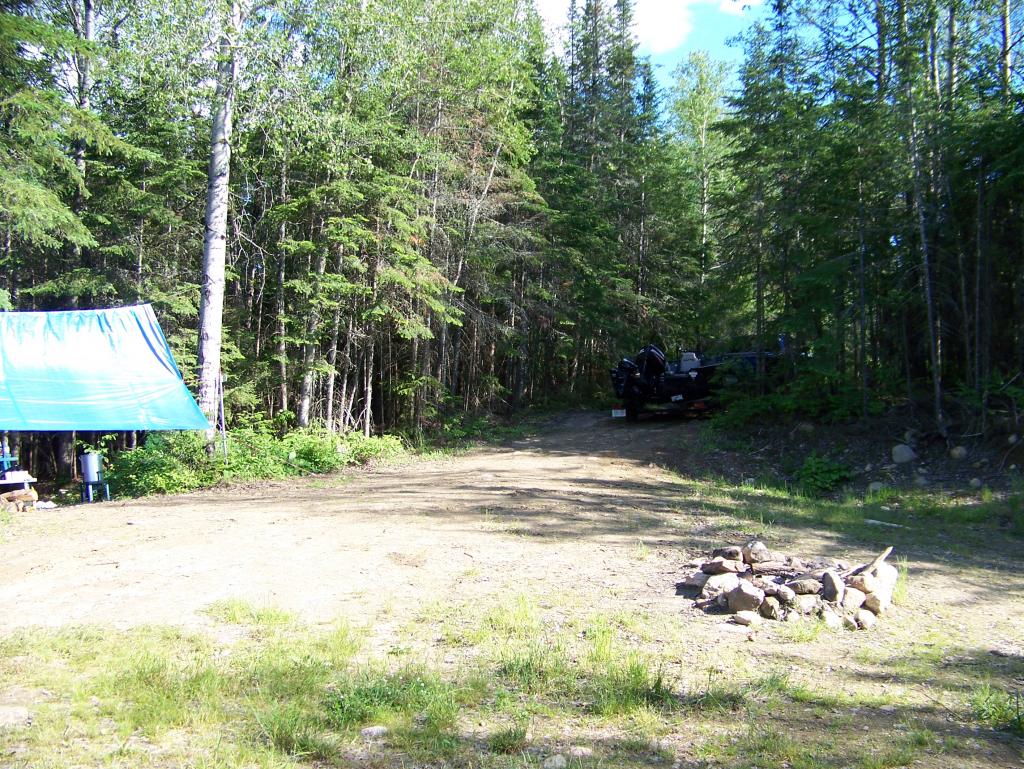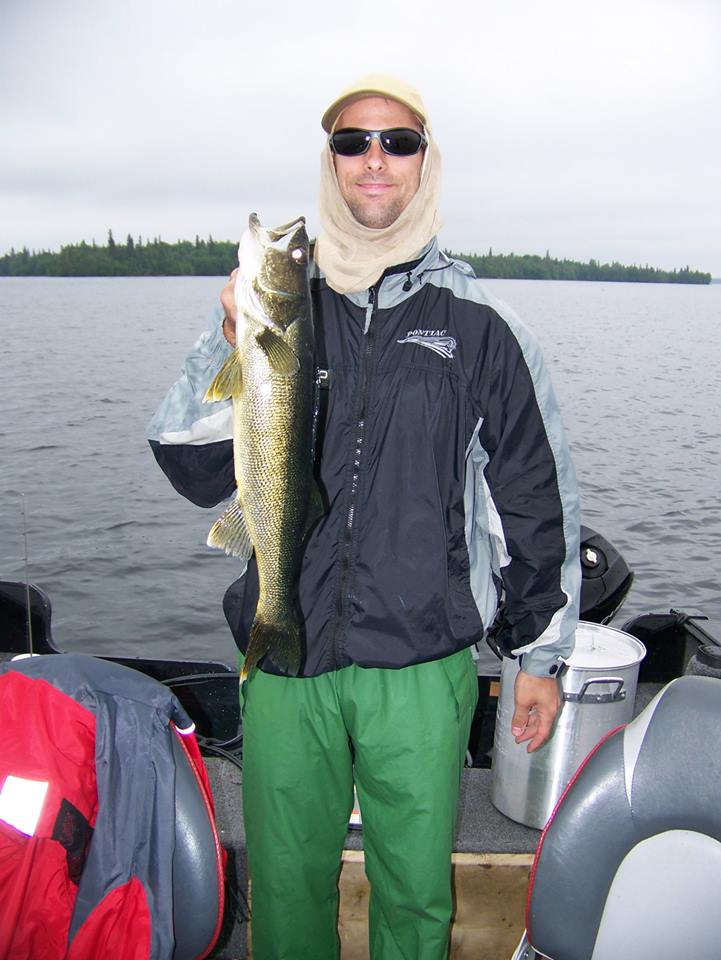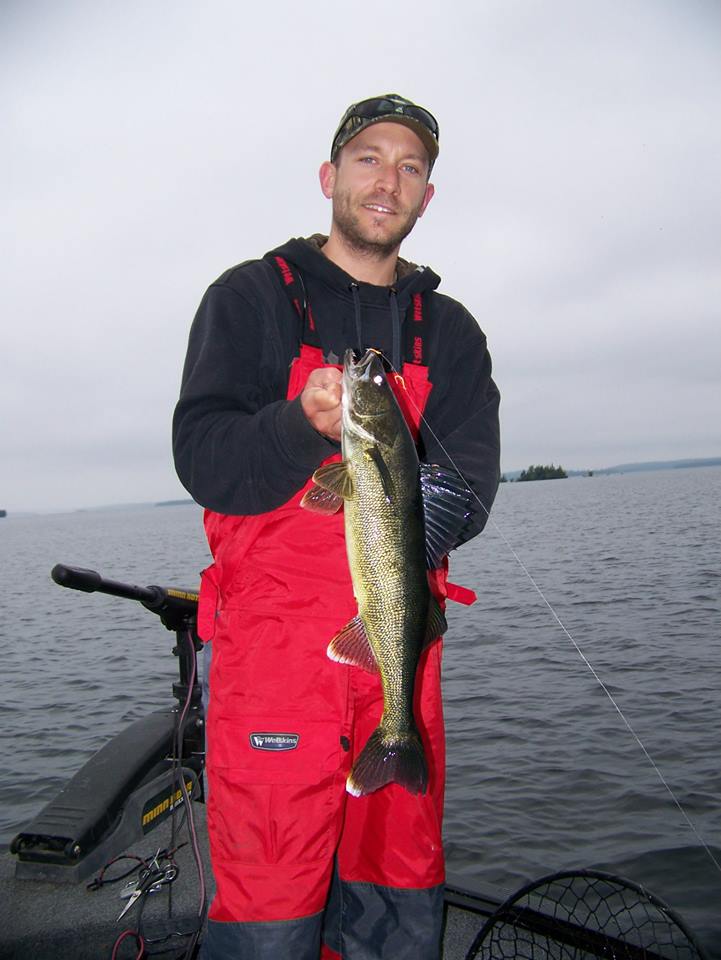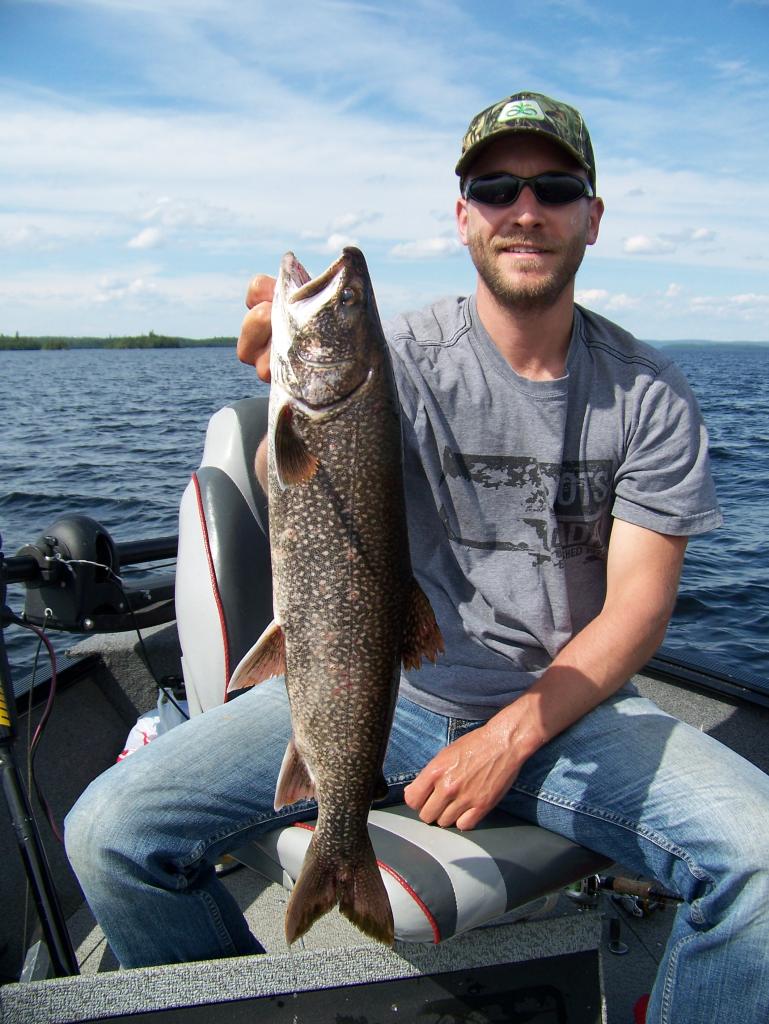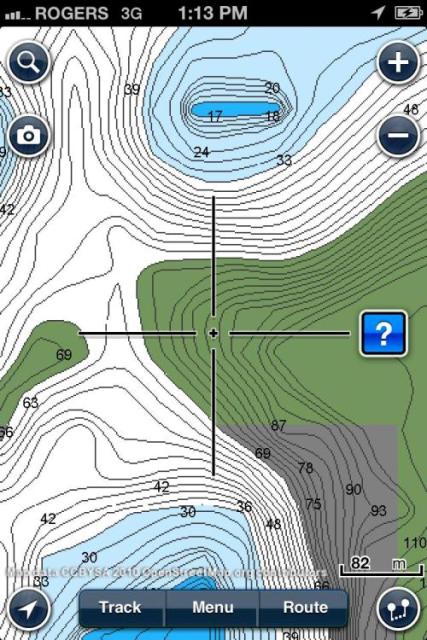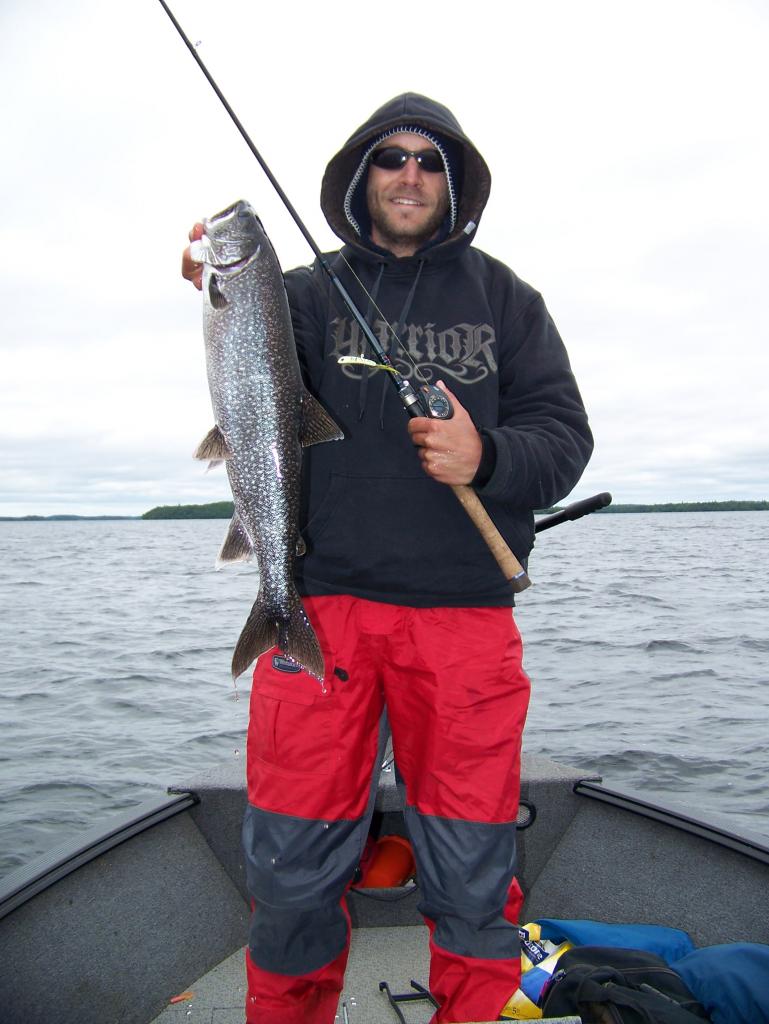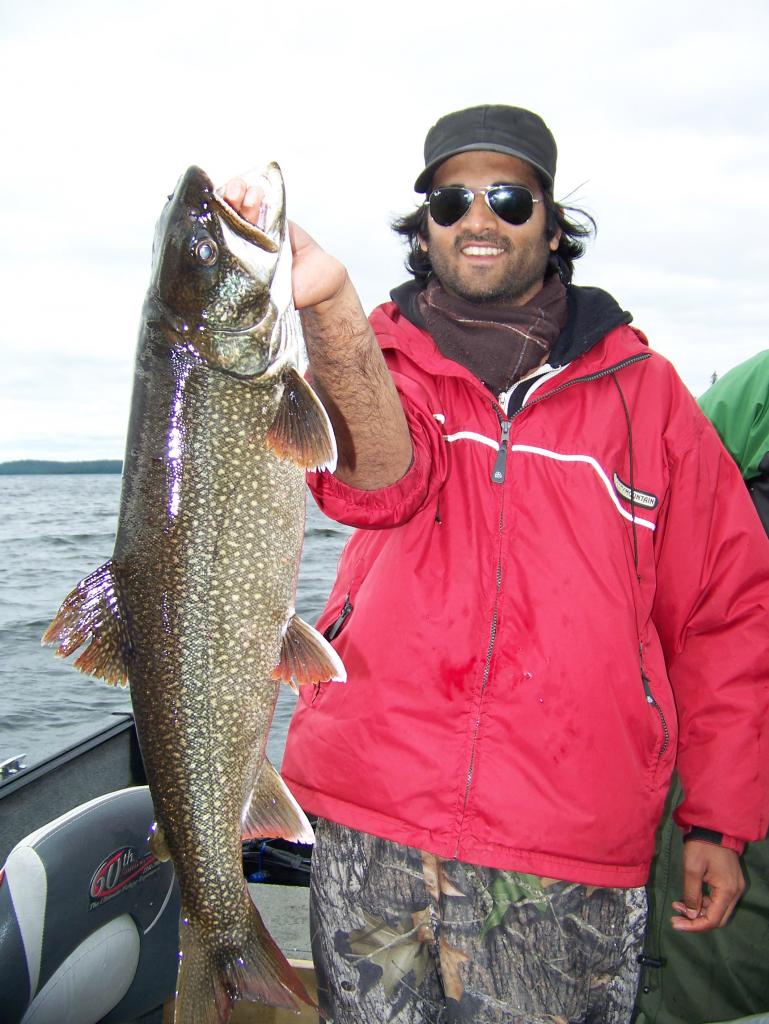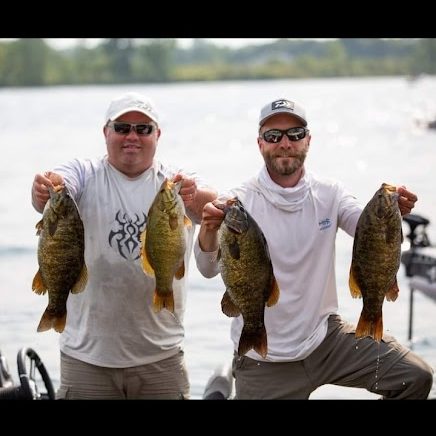
Thinking about getting into tournament fishing? Read this first.
If you’re thinking about getting into tournament fishing, it’s important to be aware that while it can be exhilarating, it can also come at a cost. A high one that is.
How I got started
I started fishing smaller local tournaments many years ago and really enjoyed it. To be honest I was mostly unsuccessful at first, but eventually learned a few tricks of the trade that helped me pick up a couple wins and a few top 3 finishes here and there. Then, in 2019, I was lucky enough to receive an invitation to partner up for one of the largest bass tournament circuit in Canada: the Renegade Bass Tour . I figured why not. Sure, I’m more of a walleye fisherman, but I catch bass all the time. How hard can it be right? Turns out the answer to that question is very. Sure you can luck into a good day here and there. However being consistently successful is a whole different ballgame. In our case, things started off really well. I think we placed 17th in our very first tournament. Northing went wrong that day. We made the right decisions and landed on a school of largies on our first spot. We fished clean (I don’t think we missed a single fish) and everything we did worked. We also had one top 5 finish on my home lake (St. Francis) and a few top 20 finishes in the first two seasons. We also made the classic (top 40 of 82 teams) in our first two seasons, despite having a disastrous tournament in year two.
In our 3rd year, it was the complete opposite. In our first tournament we scrambled to catch 5 fish and ended up finishing well below the 40 team cutoff line. We did reasonably well in the 2nd tournament and clawed our way back to the 38th position, but then made a fatal decision in the 3rd tournament of the season and we were never able to recover. We ended up well short of making the classic.
Why I love to fish tournaments
Personally I approach tournament fishing as a unique and extremely rewarding way to spend the summer months. Win or lose, I value every moment spent on the water and my approach is that ultimately the goal is to have fun and learn. It’s an opportunity to measure up against the best of the best and a tremendous learning experience. In addition, I’m truly lucky to have the best partner anyone could ask for. I can honestly say I’ve learned more about fishing in the last 3 years than I did in the previous 10. Whether it’s learning and practicing new techniques (there are many, many ways to catch a bass), improving reading/interpretation of sonar data, expanding my horizons beyond my home body of water, dealing with pressure, weather, learning teamwork, learning about fish management (fizzing, handling etc) the high-level tournament experience is an incredibly rich one. Watching the top teams go to work is impressive. The attention to detail, dedication and commitment these anglers put into their craft and the consistency of the top tier teams is absolutely astounding.
Why I don’t always love fishing tournaments
Having said that, tournament fishing does have its drawbacks. I think it’s only fair for me to provide an honest opinion based on my experience so that anyone thinking about taking the plunge can make an informed decision. First of all, tournament fishing it is very expensive. It has always been expensive, and in the post-covid, inflation-ballooning world we live in, this reality is only amplified exponentially. While you don’t need dual 12″ graphs on your bow and console, Forward Facing Sonar Technology (FFST), Humminbird 360 and the rest, these tools are a definite advantage in the hands of knowledgeable anglers. I would go as far as saying that FFST such as Garmin LiveScope, Humminbird Live and Lowrance Live Target are now a must-have if you want to remain competitive. Since its market introduction about 5 or 6 years ago, this technology has revolutionized bass fishing, and fishing in general. It has opened up new worlds by making previously inaccessible suspending fish fair game. Often these are the largest fish in certain bodies of water. Can you fish inland lakes and put together a decent bag of fish without this technology? Absolutely. Can you compete in top tournaments consistently without it? In my opinion, probably not anymore, and the technology keeps improving and new innovations hit the market almost yearly.
Sonar technology is one of the main expenses (after your boat and motor of course), and by the time your factor in gear such as rods, tackle, tournament entry costs, fuel, accommodations etc tournament fishing can be cost-prohibitive to many anglers. In my case, fishing tournaments in the summer means frugal living for the rest of the year. I have to make a lot of sacrifices in the winter and save up a bit of disposable income for the summer. I work out at home, eat all my meals at home, limit my travel, limit my purchases, look for sales etc. I actively aim to save as much money as I can for the summer, basically. For some, this is not an issue, but for many, this is simply the honest reality.
Fun Fishing
There’s also something to be said about the pressure of fishing tournaments. For some (myself included), fun fishing can be just as rewarding. I have come to truly appreciate a day of fishing with a friend or two, shooting the breeze and enjoying the moment without the added pressure to catch fish. Interestingly enough, a lot of times those are the days that yield the best results. It’s funny how you don’t lose big fish when you’re fun fishing.
Whether or not tournament fishing is for you, here’s the most important tip I’ve learned over the years. Make sure you have fun out there. You don’t need to catch more fish than everyone to reap the extraordinary mental and physical health benefits fishing provides. You don’t need to be the best, have the best boat, latest gear or know secrets. Whether you catch many fish, big fish, small fish or no fish at all is completely irrelevant in the grand scheme of things. All you need to worry about is to remember to soak it all in and enjoy the moment. The bonus is that this, my friends, is as free as the air we breathe.
So Get Out There!
SFJ





